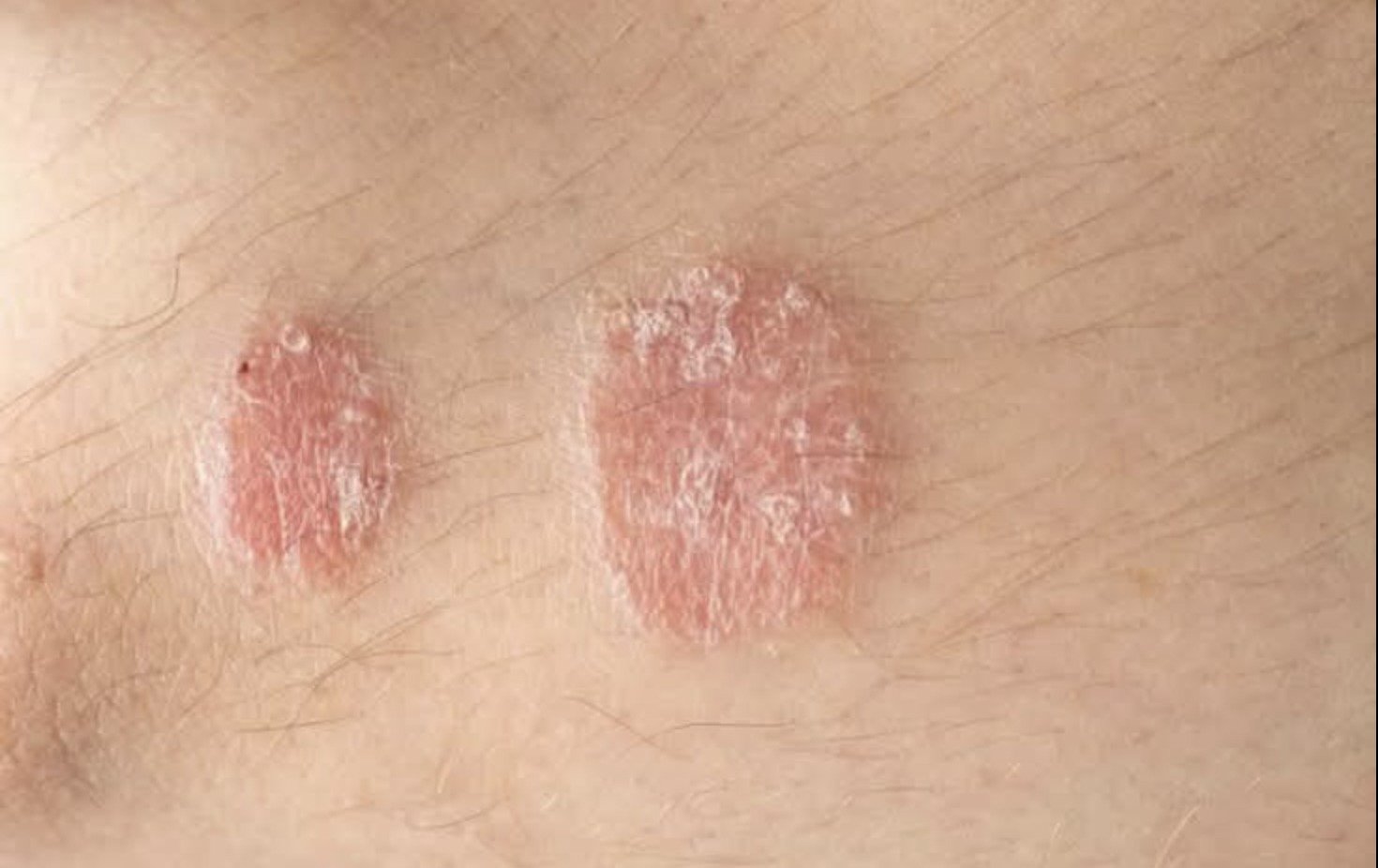Psoriasis is a chronic autoimmune disorder that affects millions of people worldwide. It’s a condition that goes beyond skin deep, causing not only physical discomfort but also emotional distress. While there’s no cure for psoriasis, being aware of its symptoms can help you take control of your condition and manage its impact on your daily life.
So, what is psoriasis? Simply put, it’s a condition where the life cycle of skin cells is accelerated, leading to a buildup of cells on the skin’s surface. This can cause a range of symptoms, including redness, inflammation, and scaly patches.
According to the National Psoriasis Foundation, there are five distinct types of psoriasis, each with its unique characteristics and symptoms. Let’s take a closer look at each of these types:
Plaque psoriasis is the most common form of the condition, characterized by dry, itchy, and elevated patches of skin covered in scales. These patches can appear anywhere on the body, but they often show up on the scalp, lower back, elbows, and knees.
Guttate psoriasis, on the other hand, is more common in children and young adults. It’s characterized by small, drop-like lesions on the trunk, arms, or legs. These lesions are often triggered by bacterial infections, such as strep throat.
Inverse psoriasis is a type of psoriasis that occurs in the folds of the skin, such as the groin, buttocks, and lower breasts. It’s characterized by smooth, red patches that can become worse with friction and sweat.
Pustular psoriasis is a less common but more severe form of the condition. It’s characterized by white pustules surrounded by red, irritated skin. These pustules can appear on specific parts of the body, such as the hands and feet, or they can spread across the entire body.
Finally, erythrodermic psoriasis is the rarest and most severe form of the condition. It’s characterized by widespread redness, scaling, and peeling of the skin, and it often requires hospitalization.
In addition to these skin symptoms, psoriasis can also affect the nails, causing them to become thicker, pitted, discolored, or even detached from the nail bed. Changes in the nails can often be an early sign of psoriatic arthritis, a related condition that affects the muscles and joints.
By being aware of these common signs and symptoms of psoriasis, you can take the first step towards managing your condition and improving your overall health. If you’re experiencing any of these symptoms, it’s essential to seek medical attention and treatment to prevent further complications.


